Sewer Problems: Coming down the Pipe

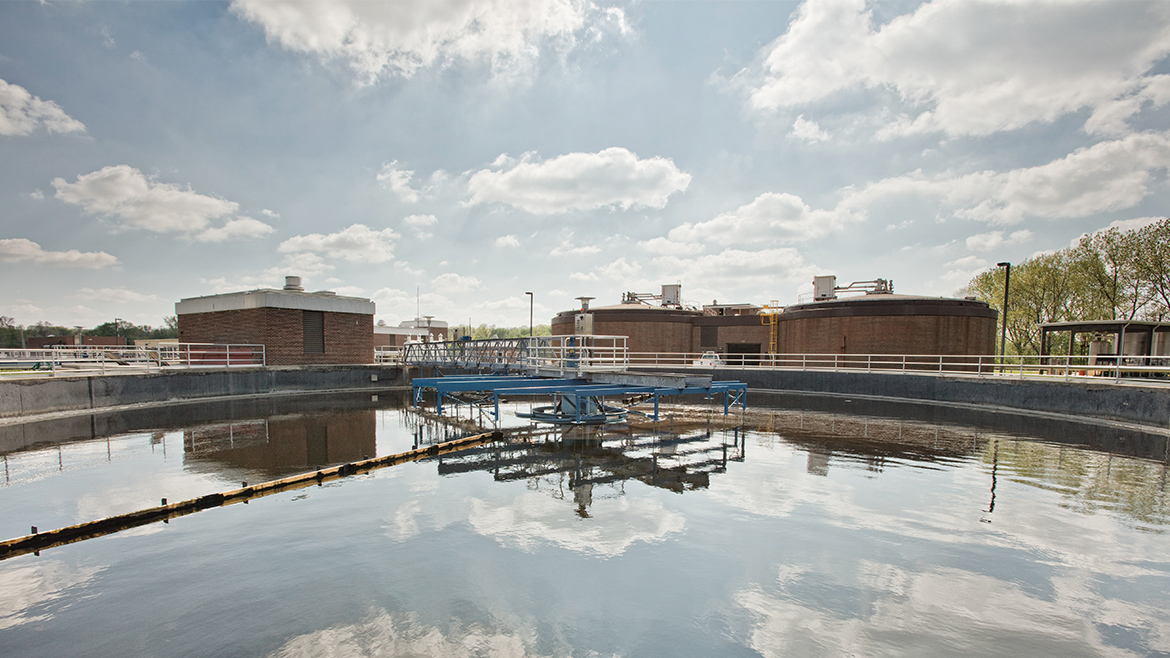
City and developers struggle to maintain adequate wastewater systems.
The banks of Flat Branch Creek are carpeted in the springy remains of chewed up trees. Along 4,500 feet of the MKT Trail, next to the creek, a corridor was recently carved out in preparation for a major overhaul to one of the city’s oldest sewer lines. Now, walkers on the former rail line can see a 40-foot-wide swath of stumps, sawdust, and manholes poking up through the mulch. The Flat Branch Sewer Relief project, which is costing Columbia around $5.8 million in municipal bonds, has entered the first phase of construction.
“Say we had a [sewer] line that we put in 50 years ago. The number of people that are connected to the drainage basin increased over time to the extent that they overloaded the trunk lines.” says Tad Johnson, Columbia’s utilities director. “We have the Flat Branch relief sewer project, and it’s essentially running parallel to, or replacing, one of our trunk lines in the Flat Branch Drainage Basin.”
The Flat Branch Basin is the confluence where stormwater and sanitary sewer waste run downhill from the oldest part of Columbia — downtown. The clay sewer lines in that area, some of which were installed 115 years ago, carry the city’s wastewater to the treatment plant on the southwest side of town. The drainage basin they serve contains a large chunk of residential and business properties, from below Stadium Boulevard, north up to Business Loop 70, and almost as far east as the corner of William and Rollins streets. Coincidentally, this is one area of town that has seen a large amount of growth in the past ten years, and many of the century-old pipes can’t handle the increased demand.
“This stuff was built underground,” says Dave Sorrell, assistant utilities director and sewer engineering manager. “Until something doesn’t work — you flush your toilet and the water doesn’t go away — it’s not really thought about. So we’ve never really had a plan that systematically addresses all the problems that occur all over the city.”
A lot of those problems stem from cracks that have formed in the 670 miles of public sewer pipeline that crisscrosses underneath the city’s streets, buildings, roads, and parks. Fired clay has been the standard material for public pipelines for 6,000 years, dating back to ancient Babylonian cities, because of its durability. But longtime usage and decay causes cracks in the deteriorated joints that can let stormwater in and wastewater out. And when those cracks turn into large inflows of water that back up the system, the pipes either need to be patched with a fiberglass lining or totally replaced.
Arrested Development
Sewer pipes pushed past capacity don’t spell good news for any home or business owners hooked up to them. Consequences include basement flooding, overflowing manholes, and wastewater runoff into the local ecosystem. As outlined in the city’s Capital Improvements Plan budget, Columbia voters have approved $109 million in bonds since 2008 for improving the sewer infrastructure.
John Glascock, deputy city manager in charge of infrastructure and former public works director, says that having an adequate sewer infrastructure is a prerequisite for city growth.
“There are hot spots around town where we’re basically just out of capacity,” he says. “And we’re either going to have to increase it or not do anything . . . You can’t just run it out on the ground, it has to stay in the pipe.”
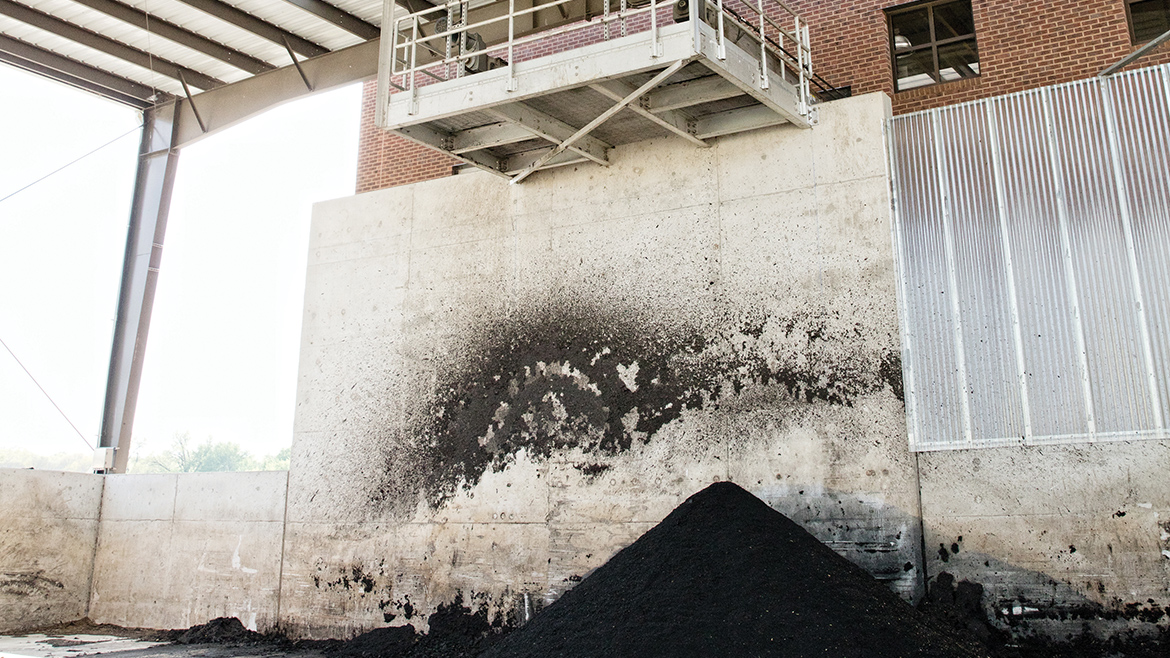
With the recent boom of student housing and residential construction across the city, concerns over sewer capacity have increased among a public frustrated with soggy basements and flooded creeks. The FBRS was unfunded and unscheduled in the CIP for five years before its timeline was moved up to meet the demand of recent developments. The three-phase project is slated to be complete later this summer and will handle the output of new downtown complexes like Rise Apartments, on Tenth Street; the new Shakespeare’s student housing; and the American Campus Communities U Centre, on Turner Avenue. According to CIP project overviews, Phase One is the 30-inch diameter relief sewer along the MKT Trail and Flat Branch Creek; Phase Two is a 750-foot, 18-inch line from Flat Branch to Turner; and Phase Three is a 12- to 18-inch sewer that will hook to the trunk line from Elm and Sixth Streets.
Adding a building with hundreds of occupants into an already overstressed system requires that certain upgrades be made. Missouri state water usage estimates have to be calculated as 100 gallons of water used per person per day. This means a 700-bed apartment complex can raise the daily sewer usage by 70,000 gallons each day.
Developers in the downtown district are pumping their own money into city sewer improvements before they can begin building. When Texas-based American Campus Communities came to Columbia looking to turn the lot on Turner Avenue and Providence into a 700-person apartment complex, they found out they would have to construct a new sewer line to hook into the main Flat Branch trunk line. According to Chuck Carrol, vice president of development at ACC, the company ended up committing $350,000 to the project.
“We actually are constructing ourselves an 8-inch line that runs from Conley, through the project site, down Turner, and then south on Fifth Street,” Carroll said in a February interview with CBT. “[This is] just another upgrade to the utility infrastructure that is a public line and will be conveyed by the city.”
When California company Fields Holdings LLC purchased the property on Tenth Street, where Quinton’s and Britches formerly stood, Sorrell said he was uncertain about the potential impact the building would have on the already overburdened Flat Branch line. Using the state water usage averages, the city sewer department introduced the estimated amount of water that would be generated from the new development into the lines, and they used a camera positioned in the pipes downstream to measure the new peak flow. Sorrell says it filled the pipe 100 percent. Fields Holdings will have to now either make improvements to the line in front of the building or connect to the Flat Branch pipes on Elm Street.
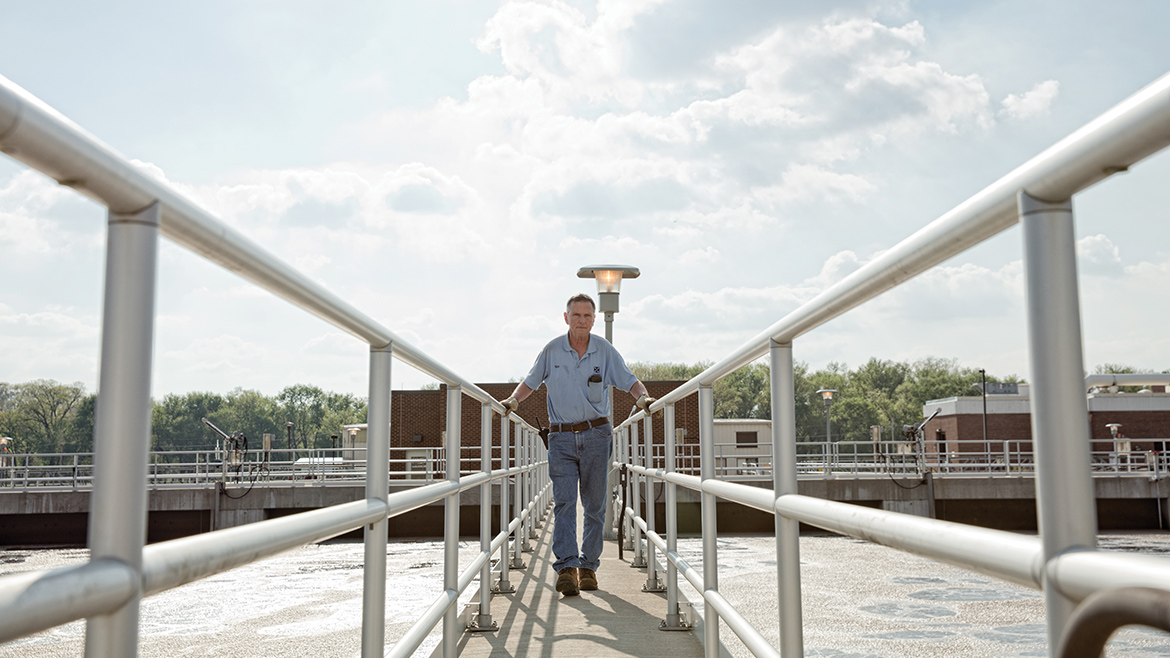
Piled Higher and Deeper
Columbia’s wastewater infrastructure is in need of an overhaul, even in areas where there is little to no new residential growth. Sewer inspection and cleaning crews are on a daily rotation to monitor and mend sections of pipe around town, but there is simply too much sewer and too few employees to cover it all.
“We do have a program where we send out [water] jets on a daily basis, three different jets each doing a different area of town, with the goal of cleaning any line that’s adding stress to the system,” Sorrell says. “We try to clean all those every five years, and our current schedule is at a little over three.”
Some of the footage his department has found is surprising. Hundreds of miles of pipeline, much of which has been uninspected for decades, is bound to contain a few unexpected wonders. When the city was investigating sewer backups near Fairview Road last July, the sewer department opened a clay line that was causing flooding in the surrounding developments. This same line had been inspected two years earlier, and no problems were found. This time however, it wasn’t just grease, tree roots, or a minor leak that had been causing the overflows in the area.
Back in his office at the wastewater treatment plant, Sorrell opens inspection crew footage from July 1, 2015 on his computer. The feed offers a snake’s-eye view inside the sewer, as the camera crew inches the equipment along the wastewater pipelines. Up on the computer screen, the footage shows a wall of water gushing in through a gash in the pipe’s top-right side.
“A leak found its way into the sewers,” Sorrell says. “One joint in that clay line where two pipes come together was leaking. We measured that, and it was coming in at a rate of 10,000 gallons an hour, 24 hours a day . . . How long’s it been like that? Because it didn’t happen yesterday. We had to dig the whole pipe up and get a new pipe in there.”
While trying to keep up with maintenance issues like the 10,000-gallon-per-hour sewer leak, the city is also pressed by private common collection systems, or PCCs: private sewer lines that connect to the city’s system, but are not city-owned. These lines are often poorly maintained or constructed with inadequate and deteriorated materials. The sewer district has appropriated $909,020 for fiscal year 2017 into removing these systems and upgrading them to the current standards.
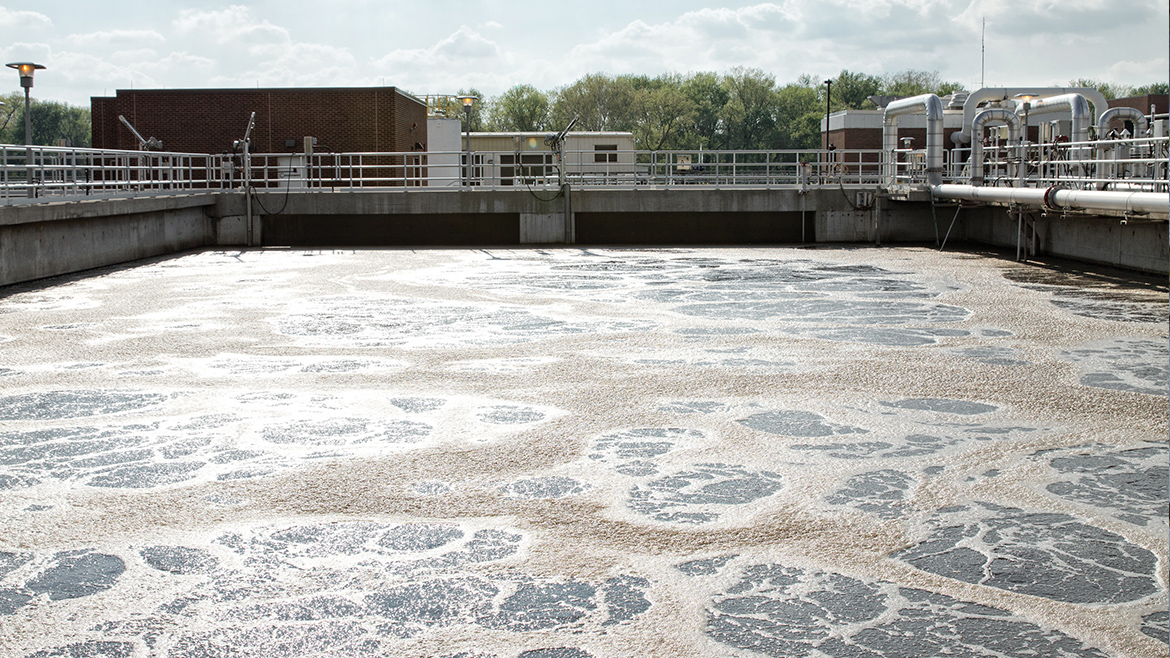
PCCs can also contribute to the city’s high inflow and overflow problems, as heavy storms easily overload these small systems. The city’s sanitary sewer resources have to play a constant game of catch-up just to stay afloat. With 670 miles of decades-old public sewer, thousands of manholes, 25 pump stations, a treatment plant, and a dozen miles of PCCs, it’s a never-ending battle.
“The past couple of years, we’ve been catching up on rehabilitating five or six miles of line a year, but if you looked at it from a real simple approach, we’ve got 700 miles of pipe and it’s probably not going to last 100 more years,” Sorrell says. “So then we’ve got to try to rehabilitate eight or 10 miles every year, and we’ll never be finished. It’s hard to even think about funding on something like that, and it’s every year.”
A New Type of Management
The other main challenge facing the city’s future sewer improvements will be meeting regulatory requirements. A system that can have a direct (and potentially devastating) impact on the natural environment draws a lot of attention from the EPA and Missouri Department of Natural Resources over concerns like water quality, chemical waste removal, overflow mitigation, and streambank stabilization.
In the past two years, the City of Columbia has been issued four notices of violation from the Missouri DNR as a result of investigations into overflows within the sewer collections system. Last year, multiple overflows, due to stormwater inflow and a broken pipe at a force main line near Clear Creek, allowed raw sewage and wastewater to discharge onto the ground and enter waterways, according to one violation notice. The city estimated that over 50,000 gallons of wastewater were discharged into the creek. Other violations cite manhole overflows into Mill Creek and Clear Creek in the late winter and early spring of this year.
“EPA, back years ago, would come in and task you with fixing the sewer, fixing the stormwater, fixing the water — all your utilities had to follow these rules,” Glascock says. “Well, if all of them are in bad shape, they can task you on each one of them and drive the rate up on each utility, which could basically make it so people couldn’t live here because they can’t afford to pay their utility bills.”
Hiking up utility rates to fund regulatory projects is one of the most available options to pay for infrastructure improvements. The paying public, however, is not often happy about unexpected increases in their monthly bills. Because it directly affects Columbians’ expenses, the city and the EPA have been working together to develop an integrated management plan that enables community members to be a part of the process when determining which projects to fund and how to go about doing it.
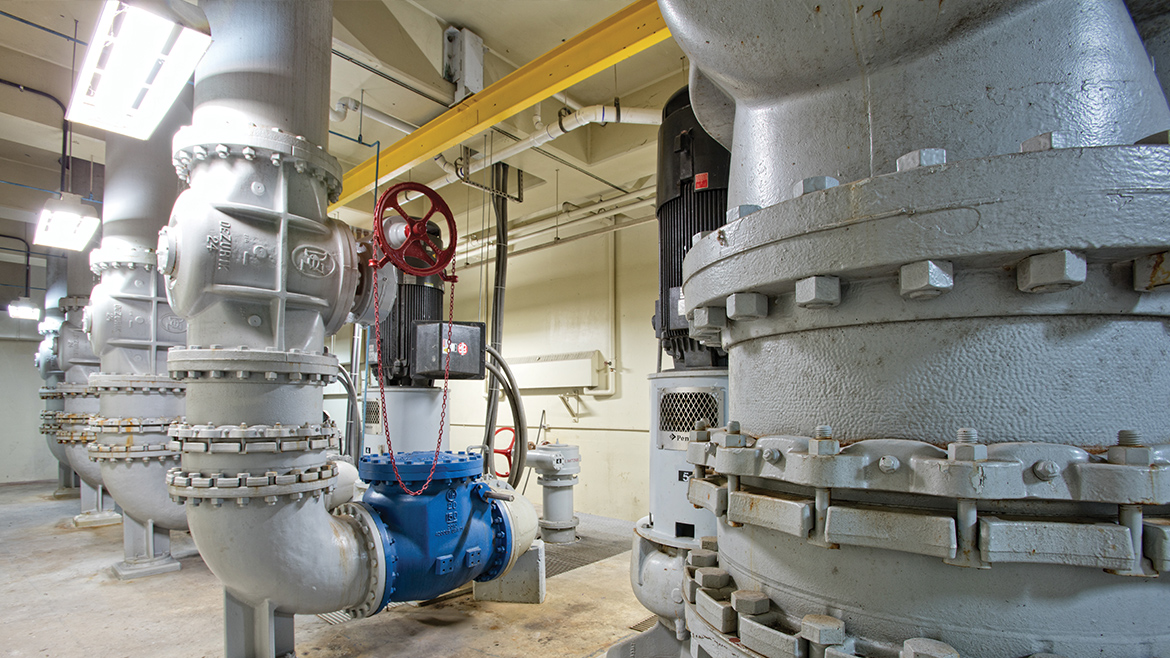
At their Jan. 9 meeting, the Columbia City Council authorized an agreement with HDR Engineering Inc. to develop a sewer and stormwater utilities plan. The current plan includes developing framework for regulatory strategies, organizing community outreach programs to devise funding plans with the public, analyzing the status of the current system, and developing timelines for regulatory projects.
“We’ll hold public meetings, not just in city council, but also public meetings such as interested parties that we usually have,” Glascock says. “Integrated management also has a commission or a board that is council-appointed, and they’ll hold meetings before an issue comes to council. So I’m going to guess there’s a year or two of those before we get down to what we’re actually going to do.”
In a Dec. 24, 2015 letter to Glascock, Missouri DNR Water Quality Program Director John Madras said he looked forward to working with the city to develop an IMP and thanked Columbia for the “foresight to take a comprehensive look at the diverse needs we will work through.” Madras was unavailable for comment.
Looking ahead at the city’s sanitary sewer plan, it seems like a game of perpetual catch-up. Had the city enough foresight to begin better recording, monitoring, and maintaining the sewer lines when they originally put them in, perhaps the task would be less insurmountable today. The question now is, will the city learn from the mistakes of the past and start thinking about the Columbia that will exist a century from now?
“It took 115 years to get to this position,” Sorrell says. “It’s going to take a few years to get caught up, to help reduce all that inflow and infiltration. We’ve just got to keep an eye on it and try to identify things before they come up.”


